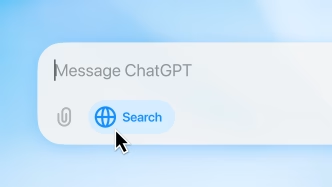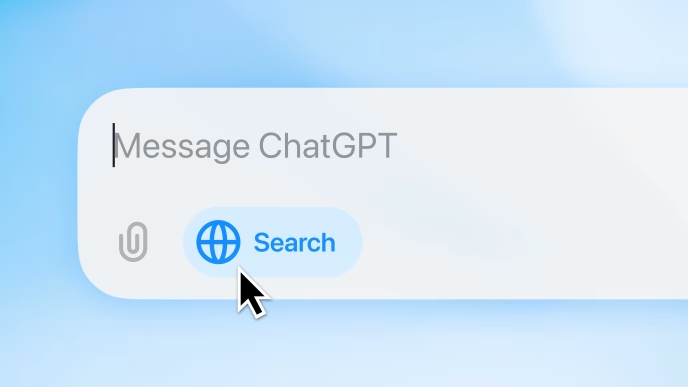What Triggered the Unrest?
On Friday, June 6, U.S. Immigration and Customs Enforcement (ICE) launched large-scale workplace raids across California, arresting over 40 undocumented workers in areas such as Los Angeles’ Fashion District and Westlake. These coordinated actions, which included multiple Home Depot locations and small manufacturers, quickly provoked public outrage and triggered protests in major urban centers.
Initial demonstrations began outside federal buildings in downtown Los Angeles, including the Metropolitan Detention Center. Protests escalated rapidly, with police deploying tear gas, pepper balls, and flash-bang devices as protesters blockaded intersections and defaced federal property.
Escalation and Spread of Protests
Over the weekend (June 7–8), protests intensified and spread to surrounding areas like Paramount and Compton. Demonstrators clashed with ICE agents and local law enforcement, using barricades and makeshift projectiles. Some areas saw fires, minor looting, and significant property damage.
More than 70 individuals were arrested across Los Angeles County. The city remained on tactical alert as law enforcement attempted to contain the unrest.
On Monday, June 9, over 9,000 protesters marched through San Francisco’s Mission District in solidarity with those affected by the raids. While largely peaceful, the march included minor incidents of vandalism and property damage.
Federal Response and Military Deployment
By Sunday, June 8, the federal government escalated the situation by federalizing the California National Guard under Title 10 authority. Approximately 2,000 troops, including 700 Marines from Camp Pendleton, were deployed to Los Angeles. Federal officials cited “widespread civil disorder” and “interference with lawful enforcement activity” as justification for the deployment.
Local police reported dozens of arrests during this period and coordinated operations with military personnel around key federal installations and downtown corridors.
State Government Pushback
California Governor Gavin Newsom, along with Los Angeles Mayor Karen Bass and Attorney General Rob Bonta, strongly criticized the federal deployment, describing it as unconstitutional and inflammatory. State officials announced plans to challenge the legality of the federal actions in court.
Meanwhile, federal authorities defended the raids and the military response, asserting that the protests had devolved into unlawful riots and that national security concerns required immediate intervention.
Current Situation and Outlook
As of Tuesday, June 10, the situation remains tense. Downtown Los Angeles is still under tight federal and military surveillance, although protests have slightly de-escalated. ICE operations are expected to continue, with further enforcement actions planned in the coming days.
Demonstrators continue to demand the release of detainees and an end to aggressive immigration enforcement, while legal battles between California and the federal government begin to take shape.
Key Facts at a Glance
| Category | Details |
|---|---|
| Initial ICE arrests | Over 40 individuals in LA-area workplaces |
| Protest-related arrests | More than 70 across LA County |
| Military deployment | 2,000 National Guard, including 700 Marines |
| Size of SF march | Over 9,000 participants |
| Major affected areas | Los Angeles, Compton, Paramount, San Francisco |
The events of this week underscore a growing divide between federal immigration policy and state-level resistance. With tensions still high, California faces an uncertain and volatile path forward.














